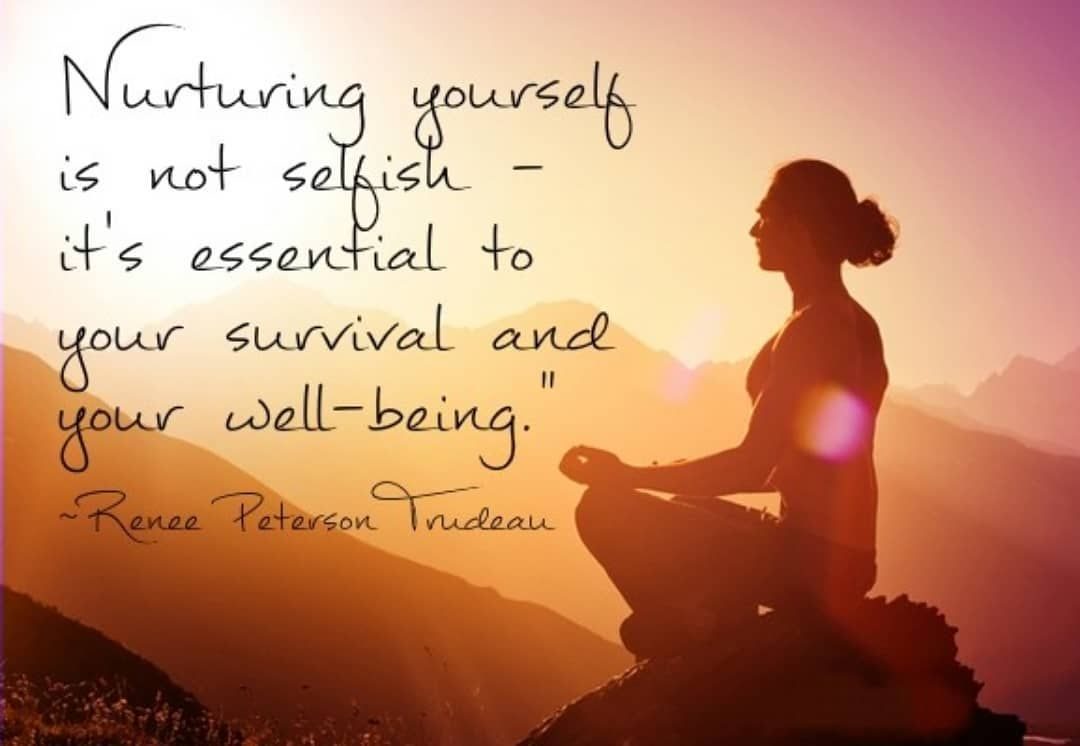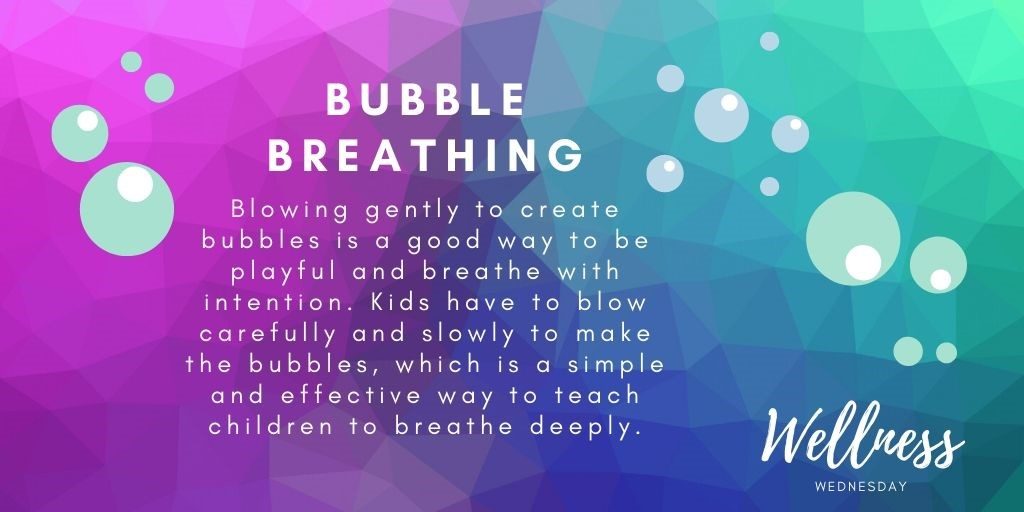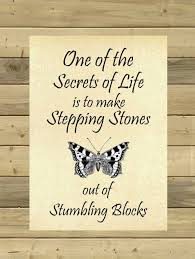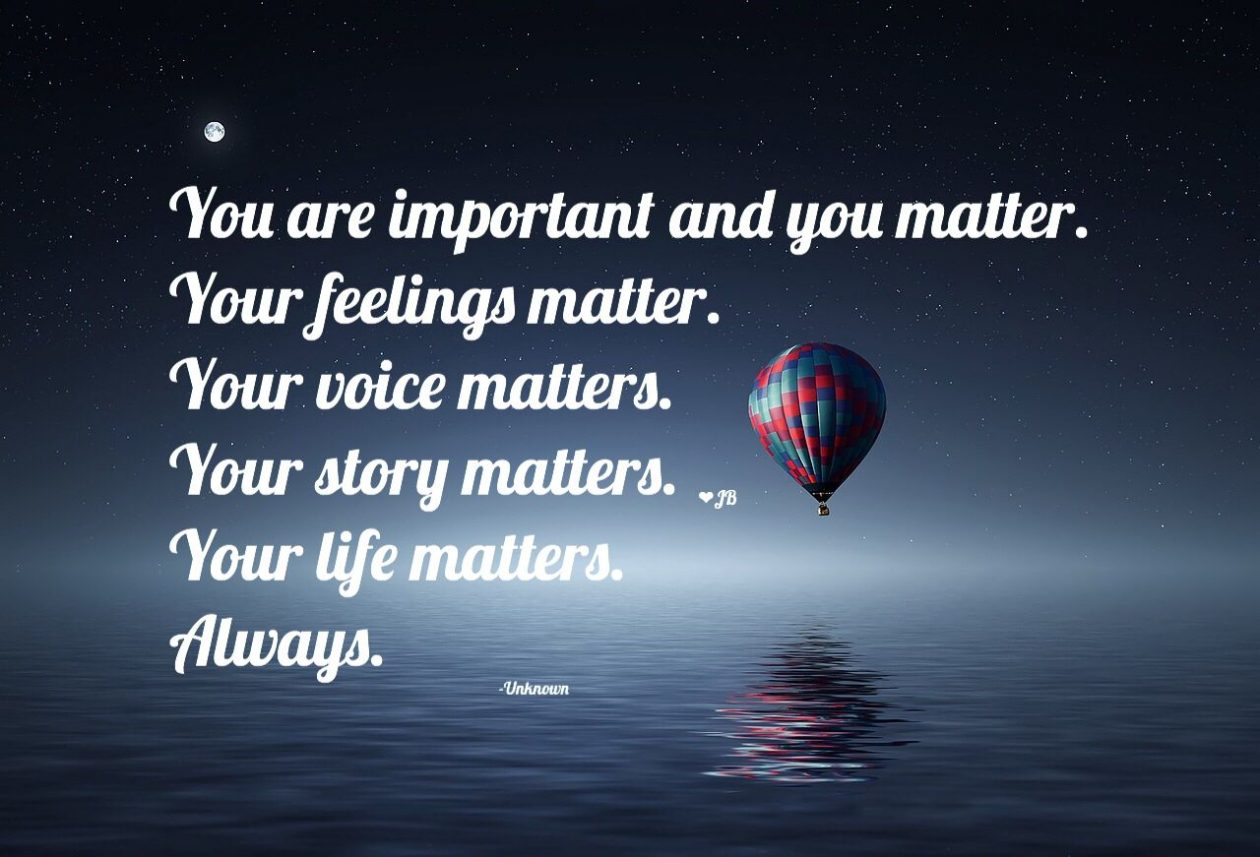The current coronavirus situation has led to massive changes in our everyday lives and a number of new challenges including how we make sense of things. These changes and our efforts to process the situation will impact our mental health and so it is important to be pro active in looking after our children, ourselves and each other.
To help you do this here are some ideas in our week full of calm, well-being, relaxation and enjoyment!
Mindful Monday

Practising mindfulness helps to improve mental health and well-being. Practising mindfulness regularly can help reduce stress and improve mood; it can also help people to become more emotionally alert, to listen more attentively, communicate more clearly, and can increase self-awareness and the awareness of others.
Talk a walk over the Rainbow
A guided meditation for children
Adults: Read this to the child/children and encourage their imagination and relaxation.
Children: Make yourself comfy and listen to your adult–you can lie down with your head on a cushion or sit up.
The importance is that you are comfortable and still. Now close your eyes. Imagine that you are walking outside in the fresh air, take your shoes and socks off it you like. Can you feel the ground under your feet? You may be walking on sand, grass, mud, or something else –this is your journey,so you decide. What does it feel like? Is it warm, cold, squidgy –it is tickling your feet? Keep on walking.
 The sun is shining high in the sky and the birds are singing –can you hear them? Can you feel the warmth on your face? Look around, what do you see? Look up –can you see the grey clouds coming nearer? We all have grey clouds sometimes and that’s ok. It begins to rain, drop, drop, drop, harder and harder.
The sun is shining high in the sky and the birds are singing –can you hear them? Can you feel the warmth on your face? Look around, what do you see? Look up –can you see the grey clouds coming nearer? We all have grey clouds sometimes and that’s ok. It begins to rain, drop, drop, drop, harder and harder.

The sun is still shining and you know what that means? A rainbow begins to appear. Walk towards the rainbow, touch it with your hands. What does it feel like? Can you smell it? Can you taste it?
This is your rainbow so it can be anything you want it to be. Now, reach your arms up and pull yourself onto the rainbow. Make sure you don’t wobble. One step at a time, feel the colours under your feet as you walk to the top arch –you can see for miles.
 Look over to the end of the rainbow –what can you see? It’s there waiting for you, can you reach it? Step, step, step some more, maybe you can now slide to the end of the rainbow. Not too fast though!At the end of your rainbow is something special, something that makes you smile, something that makes you happy.
Look over to the end of the rainbow –what can you see? It’s there waiting for you, can you reach it? Step, step, step some more, maybe you can now slide to the end of the rainbow. Not too fast though!At the end of your rainbow is something special, something that makes you smile, something that makes you happy.
Stay here for a while and enjoy your moment. Feel the sensations in your body from the tips of your toes to the top of your head. When you are ready open your eyes, take a few blinks and sit up slowly. Smile.Whenever you feel the grey clouds coming, remember you can think anything you want and take yourself to your rainbow at any time.
Timely Tuesday

However busy you are, it’s important for your mental health to take time out for yourself, to try and relax and recharge your energy.
Some mental health problems, such as anxiety and depression can be caused by “too much work and not enough play”.
Relaxation is an important part of maintaining positive mental well-being.
One way to begin relaxation is to stop and breathe…
4-7-8 breathing technique 
Developed by Dr Andrew Weil based on the yogic technique of Pranayama
Giving organs and tissues an oxygen boost to combat anxiety, stress and sleeplessness.
1- Begin by placing your tongue on the roof of your mouth behind your teeth. It is important to try and keep your tongue from moving during this practice.
2-let your lips part and exhale all the air out of your lungs – making a whoosing sound as you breathe out.
3- close your lips – inhale silently through your nose counting in your head 1-2-3-4.
4- Hold your breath counting 1-2-3-4-5-6-7.
5- make another whoosing sound exhaling from your mouth 1-2-3-4-5-6-7-8.
THIS IS THE END OF ONE CYCLE OF BREATH.
This should be practiced 4 times to start with and can be increased to 8 full breath cycles. The important part of this practice is the 7 – giving you body the chance to absorb the oxygen.
The numbers can be reduced for those who struggle to breathe in for this length of time or hold their breath. For example you could try. 2- 3.5- 4 instead of 4-7-8.
This breathing pattern can also be used coupled with guided imagery, progressive muscle relaxation, repetitive mantra/prayer, yoga, tai chi, qigong and mindfulness meditation.
Wellness Wednesday

Well-being is defined by the Oxford English Dictionary as “the state of being comfortable, healthy, or happy.” However, it is important to realise that wellbeing is a much broader concept than moment-to-moment happiness.
Well-being encompasses the environmental factors that affect us, and the experiences we have throughout our lives which is highly relevant at this moment in time as we all face this pandemic.
Mental Wellness in the Early Years
…JUST BREATHE…
We all know that when a child is getting worked up, or they are feeling anxious and stressed their breathing becomes fast or they forget to breathe entirely. And quite naturally we find ourselves saying – ‘take a deep breath’ or ‘JUST BREATHE’
Have your considered that children may not really know what it means to take a deep breath and what focused breathing really involves.
Why does deep breathing matter?
When you are calm, your body is in what is known as “rest and digest” mode. Your breathing is normal, your muscles are relaxed, and your heart rate is normal. It’s how you would be when you’re watching a show and relaxing.
When you experience a stressful event (like an unexpected dinosaur in your living room), your body automatically goes into what is known as “flight, fight or freeze” mode. Your heart rate increases, your stomach stops digestion, and your breathing becomes more shallow.
The goal of calming exercises is to get yourself from “flight, fight or freeze” mode back to “rest and digest” mode. Deep breathing helps get more oxygen into your bloodstream, opening up your capillaries. It has a physical effect on your body to help you calm down and lower stress.
So deep breathing does make a big difference for kids. But how can we teach them to take a deep breath properly?
Here are some simple, but effective ideas…



Thoughtful Thursday

Being kind and thoughtful means making ourselves aware of the needs and feelings of others and then taking action to help them. It means taking the time to stop thinking about ourselves, to put the spotlight on somebody else’s needs and to think “What can I do to make that person’s life a little better or easier?”
The upsides to being more thoughtful, no matter if it’s holding open a door for a stranger or volunteering to help a friend move.
- It makes us healthier.
- It helps us avoid stress.
- It boosts our worldview.
- It can help you deal with difficult people.
- It reminds us to be kind to ourselves
Friday Feelings

The Importance of Feelings
Your feelings are important. There are so many times that we invalidate our feelings. Talking about your feelings can help you stay in good mental health and deal with times when you feel troubled.
This is also vitally important for children as building a good understanding of emotions when you’re young helps you relate to others and manage your own mental health later on. Talking openly with children about how they feel and why, enables them to start recognising and understanding different emotions.
What you can do to help your child develop their emotional skills?
Here are some of the ways you can help your child learn about and express their feelings:
Tune into cues – Sometimes feelings can be hard to identify. Tune into your child’s feelings by looking at their body language, listening to what they’re saying and observing their behaviour. Figuring out what they feel and why means you can help them identify, express and manage those feelings better.
Behind every behaviour is a feeling – Try to understand the meaning and feeling behind your child’s behaviour. You can help your child find other ways to express that feeling once you know what is driving the behaviour.
Name the feeling – Help your child name their feelings by giving them a label. Naming feelings is the first step in helping kids learn to identify them. It allows your child to develop an emotional vocabulary so they can talk about their feelings.
Identify feelings in others – Provide lots of opportunities to identify feelings in others. You might ask your child to reflect on what someone else may be feeling. Cartoons or picture books are a great way discuss feelings and helps kids learn how to recognise other people’s feelings through facial expressions.
Be a role model – Kids learn about feelings and how to express them appropriately by watching others. Show your child how you’re feeling about different situations and how you deal with those feelings.
Encourage with praise – Praise your child when they talk about their feelings or express them in an appropriate way. Not only does it show that feelings are normal and it’s ok to talk about them, it reinforces the behaviour so they are likely to repeat it.
Listen to your child’s feelings – Stay present and resist the urge to make your child’s bad feelings go away. Support your child to identify and express their feelings so they are heard. When feelings are minimised or dismissed, they will often be expressed in unhealthy ways
Here is a story all about Lucy’s feelings when she is stuck in lockdown just like all of us just now. This story is written to help children realise they’re not alone in the current conditions with Covid-19, to help them understand it’s temporary and to help them express how they’re feeling.
Ideas from https://kidshelpline.com.au/parents/issues/helping-kids-identify-and-express-feelings
For more ideas on well-being and keeping healthy check out our Videos on TAP link
Click the link below for some additional tips from the NHS about looking after your mental health and well-being.
https://www.nhs.uk/conditions/stress-anxiety-depression/improve-mental-wellbeing/

